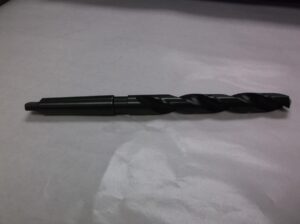Maximizing Day Trading Profits with the Right Forex Spreads

Day trading in the Forex market is a fast-paced game where every pip counts. Traders execute multiple positions within short time frames, aiming to capitalize on small price movements. While strategies and technical indicators play a role, one factor often underestimated is the spread. Choosing the best Forex spreads can significantly impact profitability, as even the slightest cost difference can add up over numerous trades.
Understanding the Impact of Spreads on Trade Costs
Every time a trade is placed, the spread acts as an immediate cost. The tighter the spread, the less price movement is needed to break even. For a day trader, whose goal is to capture quick market shifts, wide spreads can make profits harder to achieve.
High-spread environments force traders to wait longer for positions to move in their favor. This delay can reduce efficiency and increase exposure to market fluctuations. By selecting brokers that provide the best Forex spreads, traders can keep transaction costs minimal and focus on maximizing gains.
Volatility and Liquidity’s Role in Spreads
Spreads are not static. They expand and contract based on liquidity and market volatility. Major currency pairs such as EUR/USD and USD/JPY typically offer the tightest spreads because they attract the highest trading volume. In contrast, exotic pairs often have wider spreads due to lower liquidity.
During major news releases, spreads tend to widen as market uncertainty increases. For day traders, this can create challenges, as the cost of entering trades may spike unexpectedly. Monitoring liquidity levels and choosing the best Forex spreads ensures that trades are executed at more favorable costs, even in volatile conditions.
Timing the Market for Optimal Spreads
Spreads fluctuate throughout the trading day, making it essential to time trades effectively. The most liquid periods, such as the overlap between the London and New York sessions, often provide the tightest spreads. During these peak hours, traders gain access to the best Forex spreads, allowing them to execute orders with minimal costs.
On the other hand, trading during off-peak hours, such as the late Asian session, can result in wider spreads. Fewer participants in the market lead to decreased liquidity, causing brokers to increase spreads to manage risk. Day traders who operate during optimal trading windows can avoid unnecessary costs and enhance profitability.
Choosing the Right Broker for Competitive Spreads
The quality of a broker can make or break a day trading strategy. Some brokers specialize in offering the best Forex spreads, while others apply markups that increase costs. Traders should compare different brokers based on spread consistency, execution speed, and commission structures.
ECN brokers, which connect traders directly to liquidity providers, often provide lower spreads compared to market makers. While ECN accounts may come with commission fees, they can still result in overall savings when compared to brokers that inflate spreads. A careful evaluation of trading costs ensures that spreads do not eat into profits unnecessarily.
For day traders, every detail matters. The right spread conditions can mean the difference between a profitable strategy and one that struggles to cover costs. By focusing on the best Forex spreads, timing trades effectively, and selecting the right broker, traders can create a cost-efficient approach that maximizes their returns. Paying close attention to spread variations ensures that profits are optimized in every trade executed.




